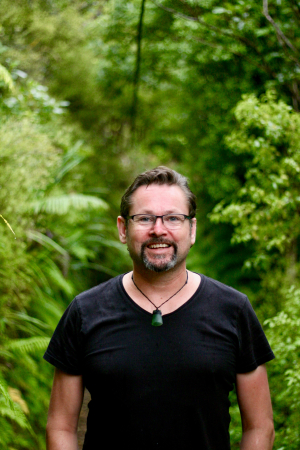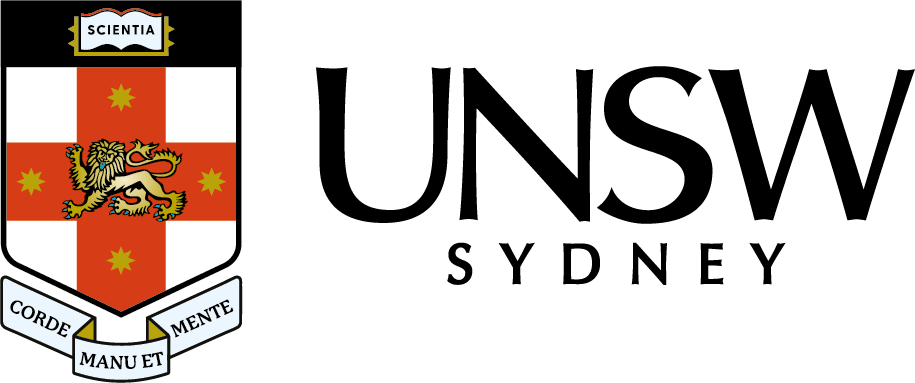A Season of Regeneration

With the first concert of the Australia Ensemble UNSW approaching in one month's time, the MPU team reached out to interview New Zealand composer, Gareth Farr and asked him about 'Te Kōanga’ which opens the season.
Please introduce yourself to our readers!
I’m Gareth Farr, a New Zealand composer and percussionist. My music has been influenced by so many things over my 35 year career, and I really enjoy finding new inspirations for writing music, but also revisiting things that I was fascinated by 10, 20, and 30 years ago. An early influence was South Pacific - specifically Cook Islands - drumming - the intensity and rhythm blew my mind when I first heard it. More recently it has been the music of Bali in Indonesia - I have my own set of Balinese instruments and a group that performs regularly.
Please tell us a little bit about the background to ‘Te Kōanga’ and how it came about?
Well, this would come into the category of a very early influence (16 years old) and fairly recent influence - bird song. My grandparents had a house in the Marlborough Sounds - a stunningly beautiful network of sounds at the top of the South Island, where most properties are only accessible by boat. There is an iconic NZ bird called the tui that has the most unbelievably complex call - apparently they have two sets of vocal chords!! I was fascinated by the local tui - calling from one side of the sound and another answering from the other. I had some manuscript paper, and I actually notated the call - and it stayed with me over the years. A few years ago, my partner and I stayed at a lodge very close to where my grandparents house was, and the tui calls were exactly the same as they were 37 years earlier - save for ONE note!
Can you please provide us a short listening guide for our audience?
So continuing on that - I recorded the tui on my iPhone (didn’t have one in 1984!) and again transcribed them. I had just been commissioned to write Te Kōanga (which in the Māori language means Spring - the season of regeneration and new life), and it seemed like the perfect opportunity to use the tui calls. They transferred from bird to violin surprisingly well - although they are fiendishly hard to play… not that you’d know as the Goldner Quartet make it sound effortless. In the piece, the first thing you hear is the tui call played by the first violin above a shimmering texture in the rest of the quartet. This is eventually answered by a cheeky uprising call from another bird of the region - the weka. The second violin then plays a different tui call (there were two distinct calls in the area - so fascinating for me!) and the texture builds and builds in texture until it breaks into a totally rhythmic section - more like a percussion quartet than string… and from then - just let the music flow over you - you’re on your own!
I hope you enjoy the performance of Te Kōanga.
Gareth Farr
